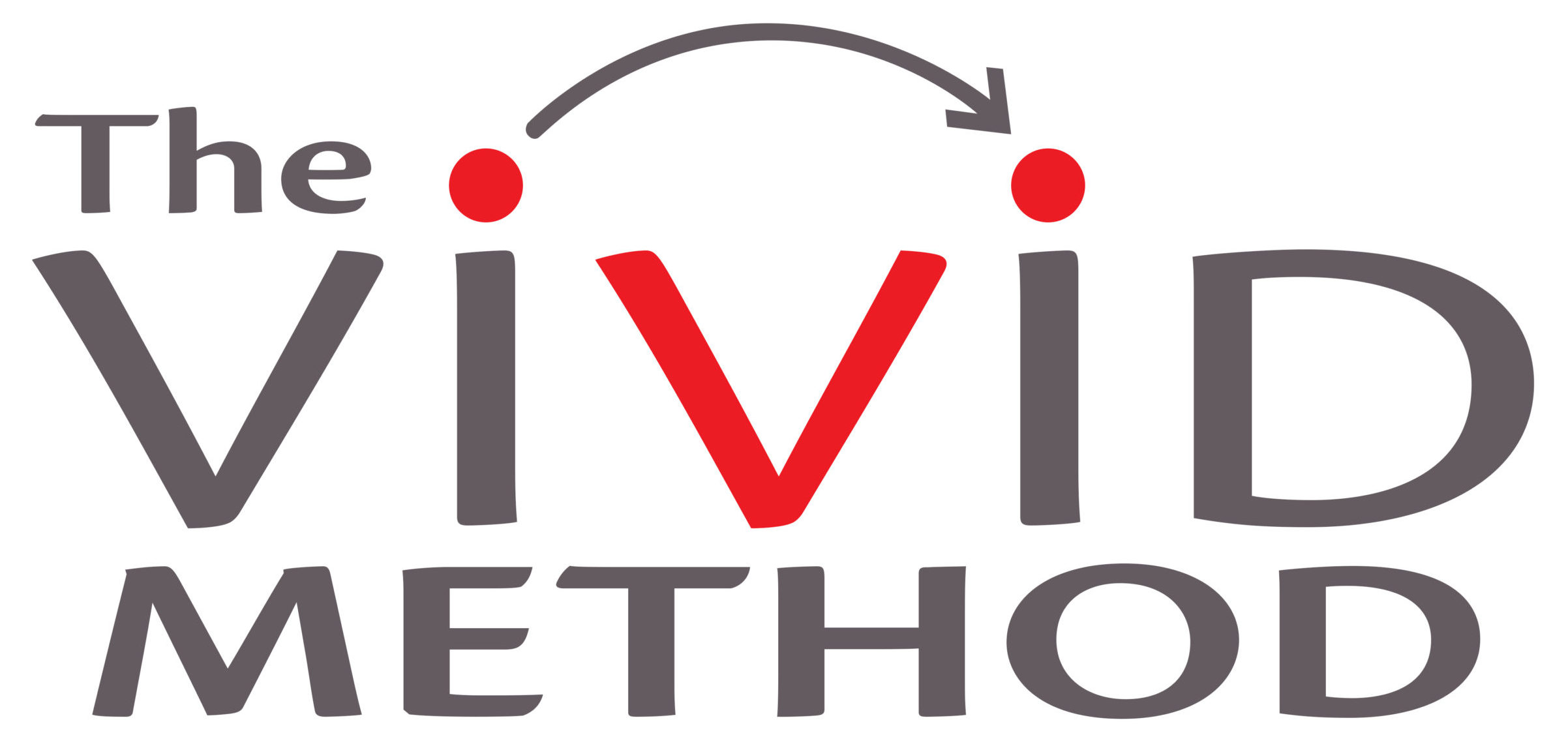Get a method! Public speaking rules stop you thinking
 There is a big focus on public speaking rules. The ‘Dos and Don’ts’ – a list of things you should always do to be successful.
There is a big focus on public speaking rules. The ‘Dos and Don’ts’ – a list of things you should always do to be successful.
And a (typically long) list of thing you should never do.
The core idea behind the Rules approach to public speaking is that by simply following the rules you will be a great communicator.
It doesn’t work. Why? Because rules don’t work well for human communication.

If something is a ‘rule’ you measure success by whether you followed the rule or not. Black and white.
This discourages you from thinking for yourself. Rules are just too inflexible for public speaking.
- ‘Never turn your back to the audience’,
- ‘always wear a tie’,
- ‘open with a joke’
- ‘eye contact should be 3 seconds long’
- ‘have 3 points per slide’
- etc.
– they don’t take into account the different audiences and settings you will come across. Rules only work in specific situations, which means you can’t apply them generally.
Rules for financial success
 I came across an interesting example from the financial markets: Bob Prechter, a famous market theorist developed a list of trading rules when he started but soon realised they were utterly useless. For example:
I came across an interesting example from the financial markets: Bob Prechter, a famous market theorist developed a list of trading rules when he started but soon realised they were utterly useless. For example:
- “You can’t go broke taking a profit.”
- “Cut losses short; let your profits run.”
Rule 1 says ‘make sure you get out of your position soon after you show a profit, so it doesn’t turn into a loss’. Sound smart. However rule 2 also sounds smart but contradicts rule 1.
He goes on to say that we need a method that directs our thinking and our decisions. I agree. But we need one that is flexible enough to deal with the various speaking situations and differing goals we will have.
Your public speaking method should be built on principles and guidelines – not rules. It should give you the parameters for making your own decisions, and help you to think clearly – about your audience, your goals for the talk and the message you want to convey.
What a good public speaking method can do for you
 When you fully understand what you’re doing and why it works, you have real certainty, which is the foundation for natural confidence and engaging communication.
When you fully understand what you’re doing and why it works, you have real certainty, which is the foundation for natural confidence and engaging communication.
So many opportunities are wasted when our thinking is unclear. And because of the anxiety associated with public speaking, unclear thinking is too common.
—–
If you’d like to learn the Vivid Method for public speaking, consider:
